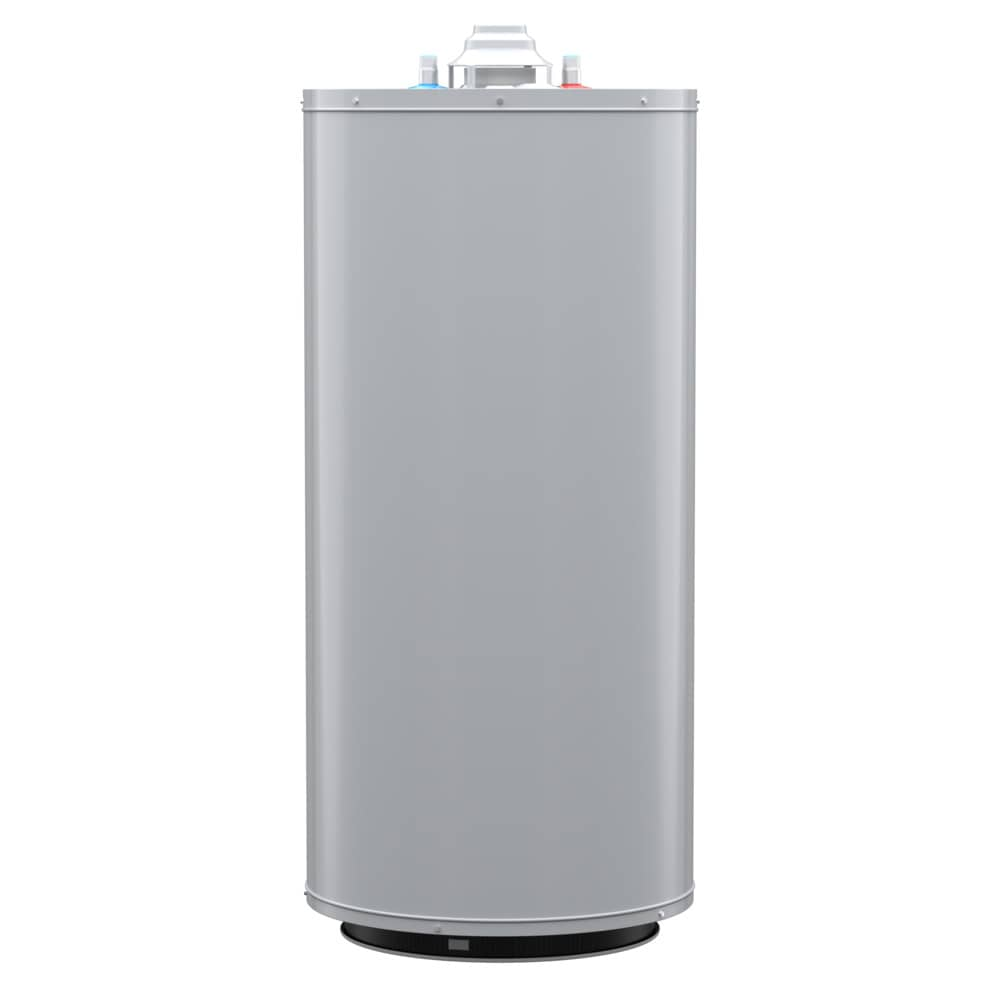The world of building materials is vast and complex, encompassing everything from the humble brick to the most sophisticated composite panels. However, one often overlooked intersection within this realm lies with garage doors. While typically considered a separate installation, the choice of building materials garage doors are constructed from has a profound impact on the overall aesthetic, energy efficiency, and security of a structure. Exploring this synergy reveals opportunities for innovative design and improved performance, ultimately leading to more holistic and sustainable building practices. Furthermore, understanding the materials best suited for various climates and architectural styles is crucial for long-term satisfaction.
Material Selection: Beyond Aesthetics
Choosing the right material for your garage door is about more than just curb appeal. Consider these factors:
- Climate: Coastal regions require corrosion-resistant materials like aluminum or fiberglass, while colder climates benefit from insulated steel or wood.
- Durability: Steel doors are known for their strength and longevity, while wood offers a classic aesthetic but requires more maintenance.
- Insulation: Insulated garage doors can significantly reduce energy costs, especially if the garage is attached to the house. Materials like steel with polyurethane foam are excellent insulators.
- Security: A robust garage door made from steel or composite materials provides a strong barrier against intruders.
Types of Garage Door Materials
Let’s delve into the specifics of some popular garage door materials:
Steel Garage Doors
Steel is a widely used material for garage doors due to its affordability, durability, and versatility. It can be painted or powder-coated in a variety of colors and styles. However, steel can be prone to rust in humid climates if not properly maintained.
Wood Garage Doors
Wood offers a classic, timeless aesthetic that is difficult to replicate. However, wood doors require regular painting or staining to protect them from the elements. They are also more expensive than steel doors.
Aluminum Garage Doors
Aluminum is a lightweight and corrosion-resistant material that is ideal for coastal regions. It is also relatively inexpensive, but it is not as strong as steel. Aluminum doors are often used in modern and contemporary designs.
Fiberglass Garage Doors
Fiberglass is a durable and low-maintenance material that is resistant to dents, rust, and rot. It can be molded to mimic the look of wood, offering the aesthetic benefits of wood without the maintenance requirements.
The Future of Garage Door Materials
Innovation in building materials garage doors is constantly evolving. We’re seeing the emergence of new composite materials that offer the best of both worlds – strength, durability, and aesthetic appeal. Furthermore, sustainable materials like reclaimed wood and recycled steel are gaining popularity as homeowners become more environmentally conscious. As we move forward, expect to see even more innovative and sustainable options for garage doors.
Ultimately, the best material for your garage door depends on your individual needs and preferences. Carefully consider the factors discussed above to make an informed decision that will provide years of reliable performance and enhance the overall value and aesthetic appeal of your home.
But how will smart technology further integrate with these evolving materials? Will we see garage doors that automatically adjust insulation based on weather conditions? And what about self-healing materials that repair minor dents and scratches? Could advancements in nanotechnology lead to even lighter and stronger garage door panels? Wouldn’t that significantly improve energy efficiency and reduce strain on the opening mechanism?
Beyond the Basics: Asking the Right Questions
Are you simply replacing an old door, or are you planning a major renovation? Does your architectural style lend itself to a specific material? Considering these questions ensures a cohesive and aesthetically pleasing result. What about customization options? Are you looking for unique panel designs, window configurations, or hardware finishes? And have you considered the long-term cost of ownership, factoring in maintenance, repairs, and potential energy savings? These aspects are crucial for making an informed decision, aren’t they?
Thinking Ahead: Future Considerations
How will climate change impact the lifespan of your garage door? Will extreme weather events necessitate more durable and resilient materials? Are you prepared for potential increases in material costs due to supply chain disruptions? And what about the environmental impact of your chosen material? Could you opt for more sustainable options, even if they come with a slightly higher upfront cost? Are you considering the resale value of your home and how a well-chosen garage door can enhance its appeal?
Installation and Maintenance: The Final Puzzle Pieces
DIY or professional installation – which is the right choice for you? Do you have the necessary skills and tools, or would it be safer and more efficient to hire a qualified installer? Are you aware of the manufacturer’s warranty and what it covers? And what about routine maintenance? Are you prepared to regularly inspect and lubricate the moving parts, clean the door surface, and address any minor issues before they escalate? Finally, are you considering the security implications of your garage door choice? Will reinforced hinges and a smart locking system provide the peace of mind you need?

